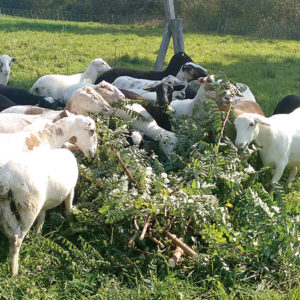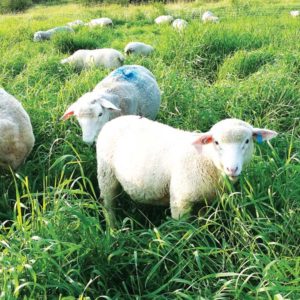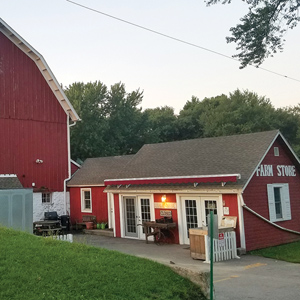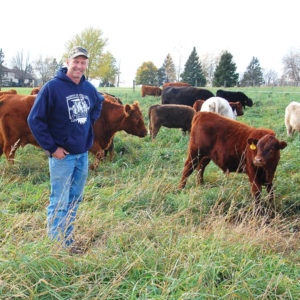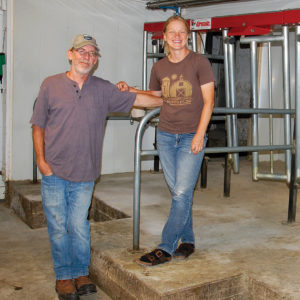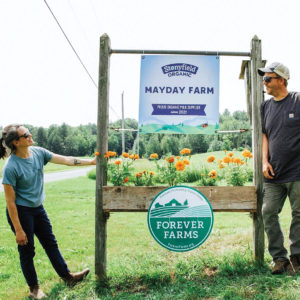Trees can offer much more than shade
By Austin Unruh
In looking to add trees to a grazing operation, the first thing on most people’s minds is shade.
Shade helps growing animals gain weight faster, give more milk and conceive at higher rates. The value of shade is quite well established.
Yet a grass farm needs more than just shade. Among those needs is supplemental feed at times of year when forages are in short supply. For most folks that means winter and the peak of summer.
For summer, tree leaf fodder can be an alternative to hay. Leaf fodder can come from trees that have nutritious, palatable leaves, grow back readily, and put on a lot of leaf biomass. Mulberries are probably the best at this, followed by willows, poplars, black locust and others.
Continue reading “Figuring the dollar value of fodder and pods”
